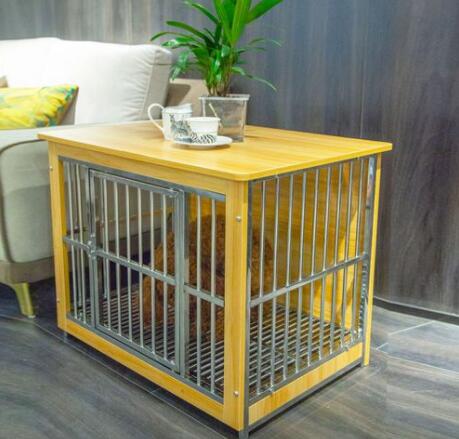Understanding Perforated Sheet Material Versatility and Applications
Perforated sheet material is a type of sheet product that has a variety of holes punched through it, allowing for a range of functionalities. The holes can be of different shapes, sizes, and arrangements, depending on the specific application for which the material is intended. Due to its unique properties, perforated sheets are widely used in various industries, including architecture, automotive, and manufacturing.
The Production Process
The production of perforated sheets begins with a base material, which is often metal, plastic, or even paper. The most common materials used for perforated sheets are aluminum, stainless steel, and carbon steel, due to their durability and strength. The perforating process typically involves the use of a specialized machine that punches holes into the material. This can be done through various methods, including mechanical punching, laser cutting, or water jet cutting. After perforation, the sheets can undergo additional processes such as galvanization or painting to enhance their corrosion resistance and aesthetic appeal.
Benefits of Perforated Sheet Material
1. Lightweight Yet Strong Perforated sheets maintain structural stability while being much lighter than solid sheets of the same material. This characteristic makes them ideal for applications in construction and design.
2. Ventilation The holes in perforated sheets provide excellent airflow, making them suitable for applications requiring ventilation. This is particularly advantageous in industrial settings, where machines generate heat and need to dissipate it effectively.
3. Aesthetic Appeal Architects and designers increasingly utilize perforated sheets to add visual interest to buildings and interior spaces. The patterns formed by the holes can create unique designs, allowing for creative freedom in visual and functional applications.
4. Sound Absorption Certain perforated sheet designs can help absorb sound, making them useful in environments where noise reduction is necessary, such as auditoriums or conference rooms.
perforated sheet material

5. Filtering Solutions In industrial environments, perforated sheets are often used as filters to allow liquids or gases to pass through while blocking larger particles. This is critical in processes ranging from water treatment to air filtration.
Applications of Perforated Sheet Material
1. Architecture and Construction In modern architecture, perforated sheets are frequently used for facades, sunshades, balustrades, and decorative partitions. They provide both functional benefits, such as light filtering and ventilation, as well as aesthetic value.
2. Automotive Industry Perforated sheets serve various purposes in vehicles, including grilles for air intake, sound dampening materials, and even structural components within the body. Their ability to be lightweight yet durable makes them ideal for this industry.
3. Food Processing In the food and beverage industry, perforated sheets are employed in equipment such as trays, baskets, and conveyors. They allow for proper drainage and aeration, ensuring that food products remain fresh and safe.
4. Industrial Usage Factories often use perforated sheets in machinery, cage structures, and racks. Their strength and versatility enable them to support heavy loads while facilitating airflow.
5. Furniture Design Perforated sheets have made their way into furniture design as well, with applications ranging from shelves to seating. Their modern aesthetic can elevate the design of various products.
Conclusion
Perforated sheet material represents a remarkable fusion of functionality and design in numerous applications. Its versatile properties allow it to be employed in a myriad of industries, creating solutions that are not only effective but also visually appealing. As technology continues to advance, the production methods and applications of perforated sheets will likely expand, further solidifying their role as an essential material in modern design and industrial processes. Whether in architecture, automotive manufacturing, or beyond, the future of perforated sheet material looks bright, supporting innovation and creativity in various fields.

















